
Growing up as a child in the 1980s, food nutrition labels didn’t exist. In fact, it wasn’t until the 1990s that consumers began noticing these labels across food items. The portion of the label that identifies potential food allergens was introduced later, and is still undergoing evolution.
As parents of two children with multiple food allergies, we have read more nutrition labels than Facebook and Instagram posts combined over the past few years. Please note, my wife is a prolific social media consumer, but there’s a reason why we’ve read all the ingredients along with the CONTAINS and MAY CONTAINS warnings on everything we purchased.
Basics
You’ll want to learn how to read the nutrition facts on product packages first. But to make matters more confusing, the ingredients list that shows up below the facts follows a separate FDA guideline. FARE also has a great guide on how to read food labels.
As a food allergy sufferer or parent, you will want to focus on this area since it should have all the potential allergens listed. I write should because I’ve seen firsthand when there is an allergen in the ingredient list but not in the CONTAINS portion of the list. Let’s take a look at one together.
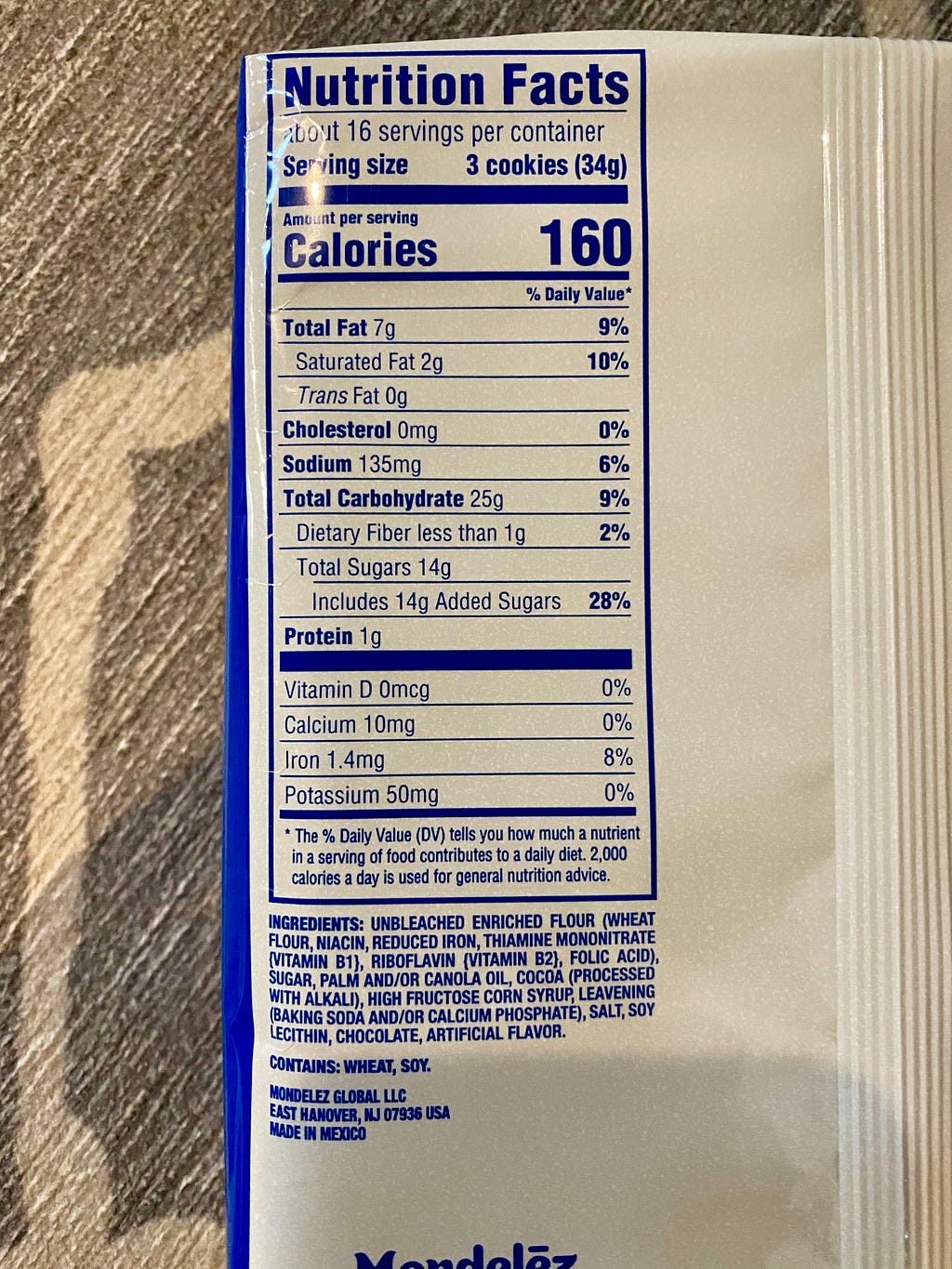
Right below the listed ingredients, we can immediately scan for the top eight allergens and find WHEAT and SOY listed. But don’t stop there, this is the key mistake we’ve made and I’ve seen many parents make before. You’ll want to read every single ingredient above, and although it sounds tedious, it will get easier over time and you will get faster at it. Let’s look at another one…
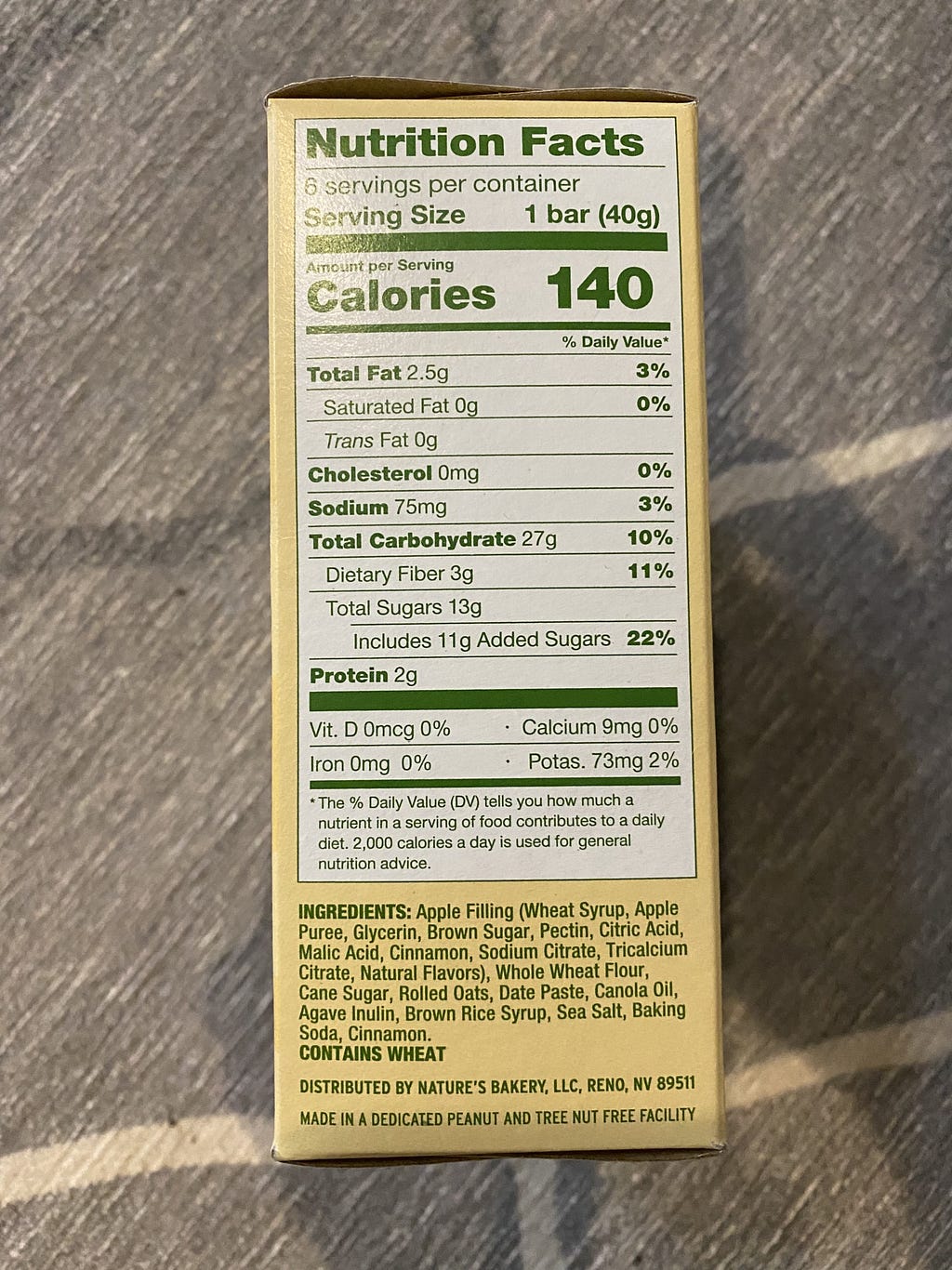
What does this contain? Yes, WHEAT. But for nut allergy sufferers and parents, the very last sentence on the bottom of the box is more reassuring than anything else written here: “MADE IN A DEDICATED PEANUT AND TREE NUT FREE FACILITY.” For us, those words mean we can count on no tree nut and peanut cross-contamination risks. As a comparison, let’s look at a label that doesn’t have that reassurance…
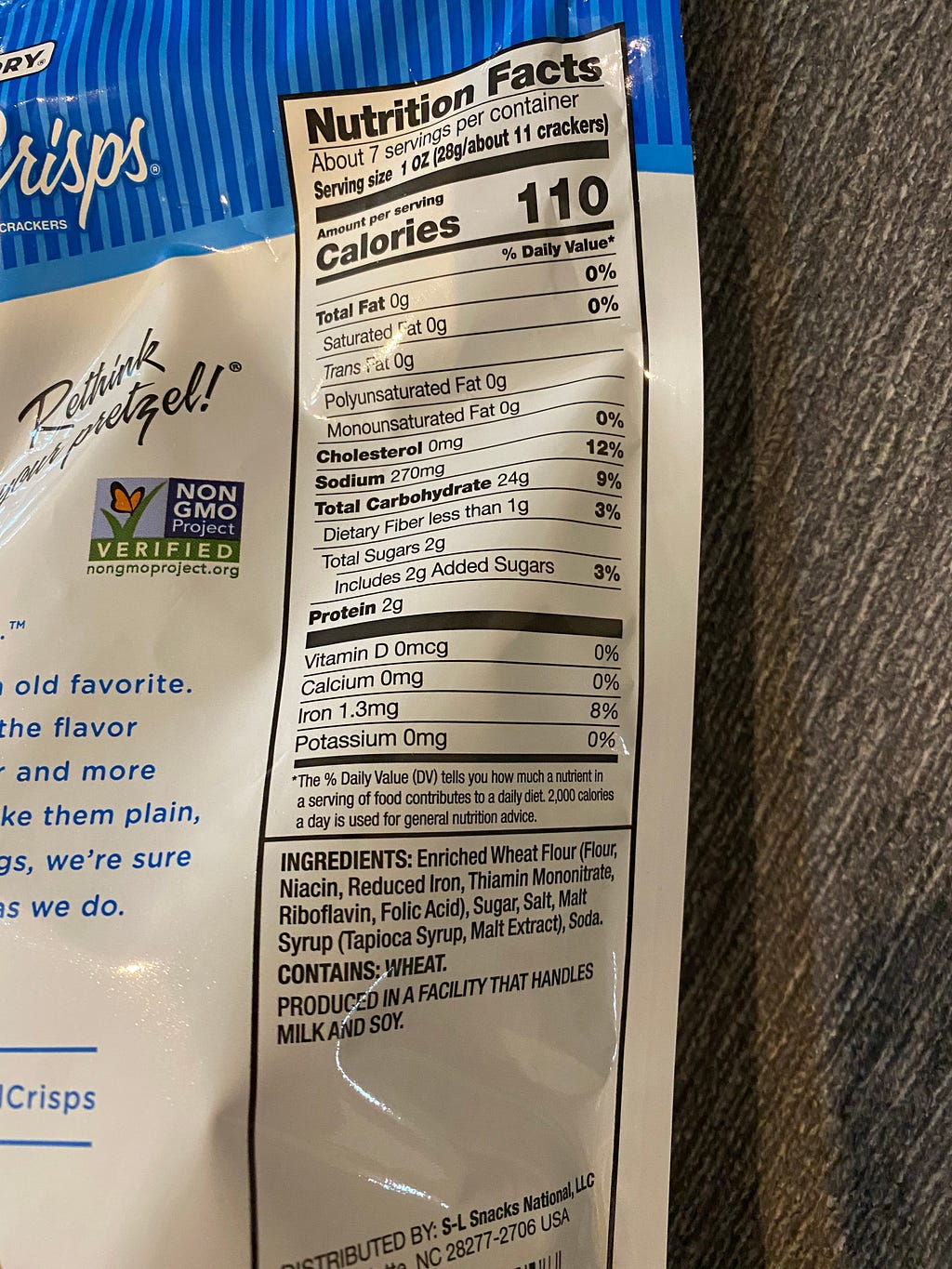
This product was “PRODUCED IN A FACILITY THAT HANDLES MILK AND SOY.” For someone with severe food allergies to those two ingredients, you’ll want to avoid this product.
One of our sons is allergic to milk, and he can have these. This is important, because the notice in and of itself doesn’t mean there is likely milk, they are just following the FDA guidelines to point out co-location of processing.
There are various ways this can be written, such as “MAY CONTAIN” or “PRODUCED ON SHARED EQUIPMENT WITH ________” but in this case, the manufacturer is just telling us it’s made in the same location. The best way to ensure safety is to contact the company through their website and ask how the product is manufactured, and if the same equipment and/or workers come into contact with the allergens during processing. You might also want to ask about food safety protocols: gloves, hand washing, equipment sanitization, etc.
Top 8 Allergens
Sesame isn’t a top allergen…yet. In fact, there are dozens of allergens that are severe for a high number of food allergy suffers and have led to anaphylactic reactions but are not considered top eight allergens. This creates hidden dangers in the ingredient list.
One of our sons is allergic to sesame, which is what really started our food ingredient label reading journey. We never looked closely at the ingredients list until we realized that sesame wasn’t always called out clearly like the top eight.
While sesame isn’t a top allergen (yet), it will be soon and some bleeding edge consumer packaged goods companies are already adding sesame to the CONTAINS and MAY CONTAIN portion of the label, but for most manufacturers, they produce something like this:
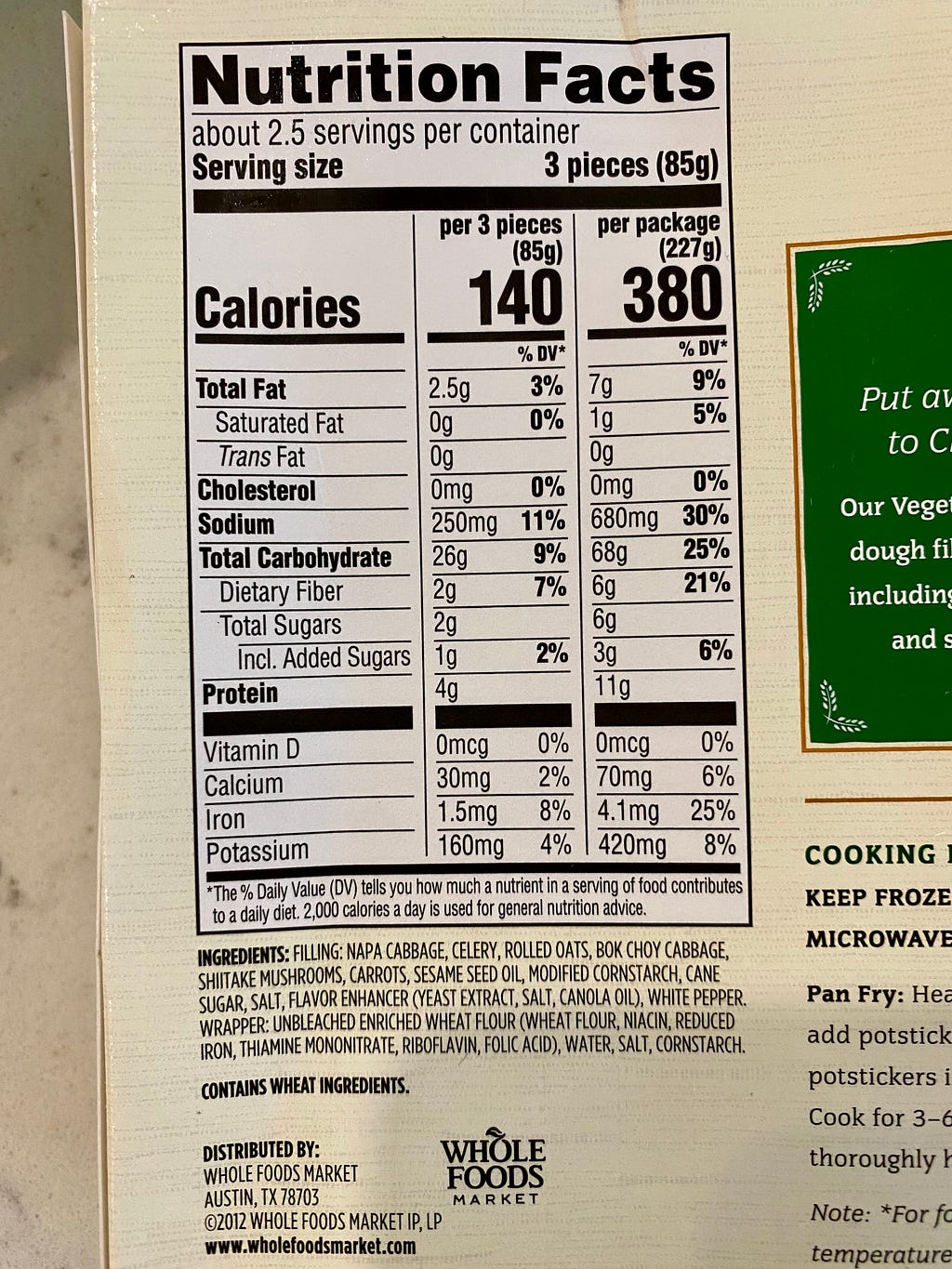
At first glance, you might think this product is all good. But about seven ingredients into the list, there it is: SESAME SEED OIL. One thing I forgot to mention is the logic behind the order of the ingredient list. Quite simply, there is more of the first ingredient (Napa Cabbage) in the filling portion of this product than the last ingredient (White Pepper), by weight.
In this case, there are two major components to the product, the filling and the wrapper. Each ingredient list starts the priority-by-weight sequence so you’ll want to make sure you pay attention to that as well. For example, there’s no sesame seed oil in the wrapper, just the filling.
Secret Ingredients
The second issue with allergens that aren’t part of the top eight list is the potential for reaction based on the FDA’s loose guidelines. To understand why they are a potential for catastrophe, we have to understand two key guidelines that create the issue:
- Spices can be listed individually or as “spices” unless the product is a spice or spice blend.
- Added natural and artificial flavors can be listed as “natural flavors” or “artificial flavors” (unless one of the ingredients is one of the eight major allergens).
The first loose guideline creates a challenge for anyone allergic to various spices that aren’t top eight. For example, our younger son is allergic to garlic. This means manufacturers can produce something with garlic powder and just list “spices” in the ingredients list. We’ve had to call and email at least a dozen companies just to find out if garlic was in their secret list of “spices.” Some foods that include sesame or sesame oil in the secret list include: Kellogg’s Raisin Bran, Pringles, Pop Tarts and Slim Jim. This is a great read on this topic.
The second guideline is also a challenge, because food companies aren’t required to disclose flavorings such as sesame oil in their products, which became an issue with candy corn. Our older son had a mild reaction after eating Brach’s Candy Corn and we found out it contains sesame oil. It seems like some of the more modern labels from Brach’s list sesame oil (finally) on their packaging, but their website doesn't.
Mistakes and Mislabeling
It’s bound to happen. In fact, it happens more often than I ever imagined. Food companies, especially large manufacturers, will make a mistake and forget to label an ingredient or add it to the CONTAINS section. There’s an entire website the FDA maintains to alert consumers to these dangers. You’ll notice brands like Whole Foods, Trader Joes, Wegmans and H-E-B are also on this list.
In fact, this happened to us in 2019 when one of our son’s favorite snacks was recalled. There was undeclared milk showing up in some batches, but here’s the label showing absolutely no mention of milk in the ingredients list or in a MAY CONTAINS section:
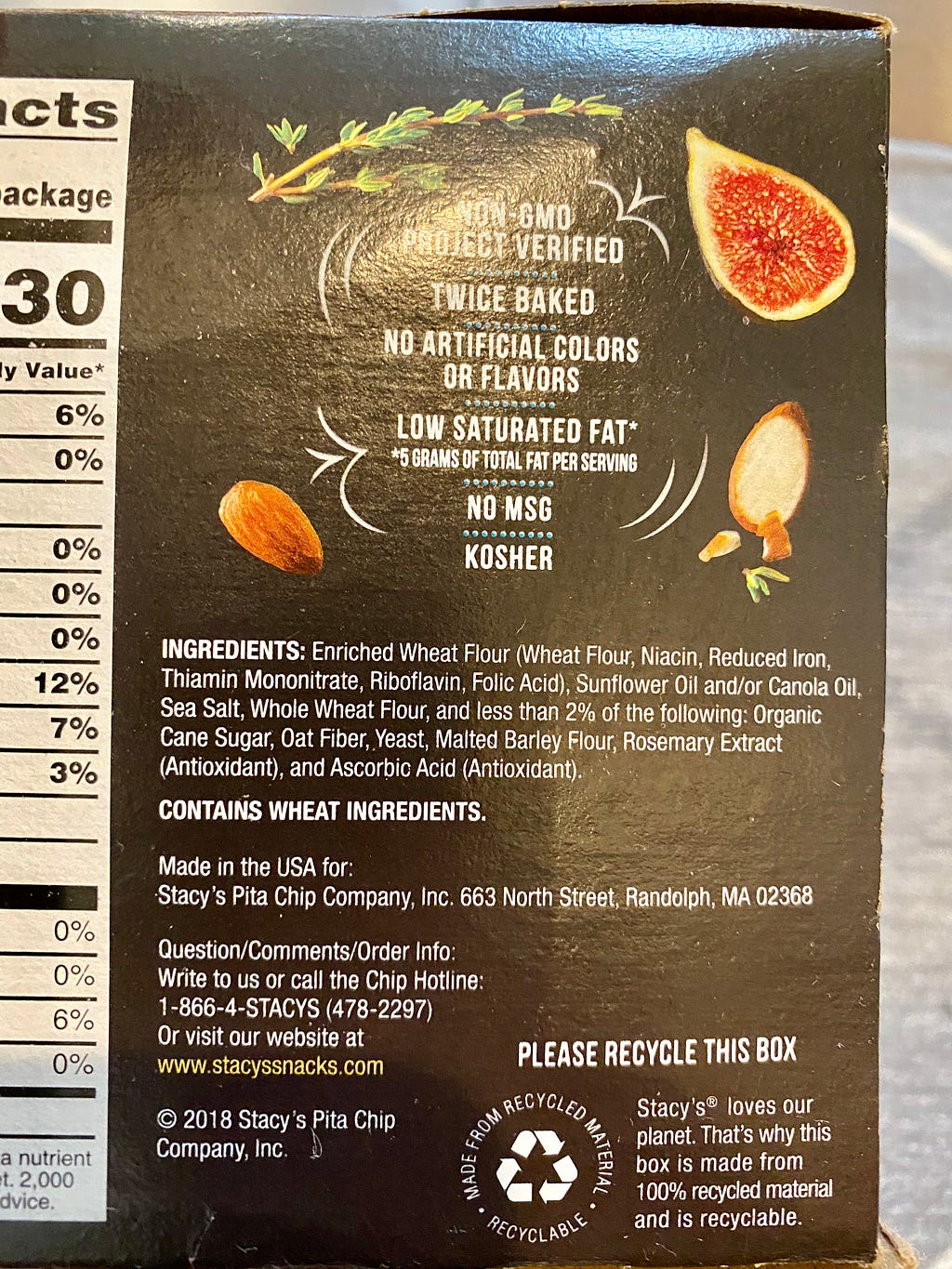
As a parent, this is yet another source of anxiety. We can read everything on the label closely, but a mistake in the labeling could turn into an anaphylactic episode for one of our children. Can you imagine giving your kids something as simple as a potato chip that turns into a hospital trip? I would recommend subscribing to the alerts and reporting any reactions or suspicious products to the FDA immediately.
Dangers in Non-Consumables
We never really thought about this until it happened. Our son had an allergic reaction in the bath tub. We had just gotten this bath toy we thought would be fun, Crayola Color Bath Dropz.
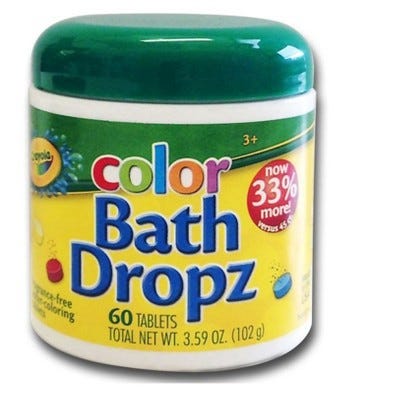
One tab in the tub. Oh you want blue? No problem, two tabs in the tub. Red now? Sure, three tabs in the tub. Getting itchy? Hmmm, maybe there’s harsh chemicals in these tabs. Let’s check the ingredients again:
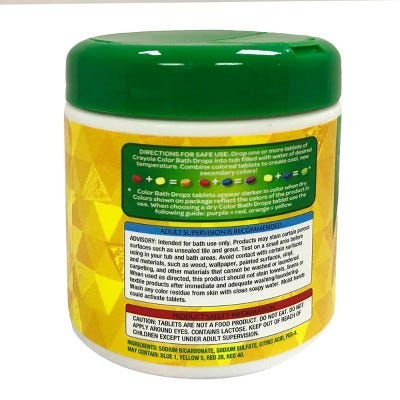
Oh no, there’s milk in these!! We read the words “CONTAINS LACTOSE” and started freaking out. Why would bath color tablets have lactose? We immediately drained the tub, and rinsed our son, then rinsed again. We had to give a half dose of Benadryl before he went to bed, because he was itch for over an hour.
This was the only reminder we needed to follow the same ingredient-reading rigor we’ve followed for food items for everything else. Just because it’s not being eaten doesn’t mean it’s safe. We now check ingredients for any sunscreen, bug spray, shampoo, conditioner, soap, toothpaste, lotion or detergents we use in our home.
Doing it Right
After reading this, you might never want to feed your kids anything manufactured or processed. That’s always an option, but the good news is there are companies doing this right. They take precautions, use simple ingredients and also separate their processing to avoid cross-contamination risks. Here’s an example of an almond butter that we’ve been consuming for years:
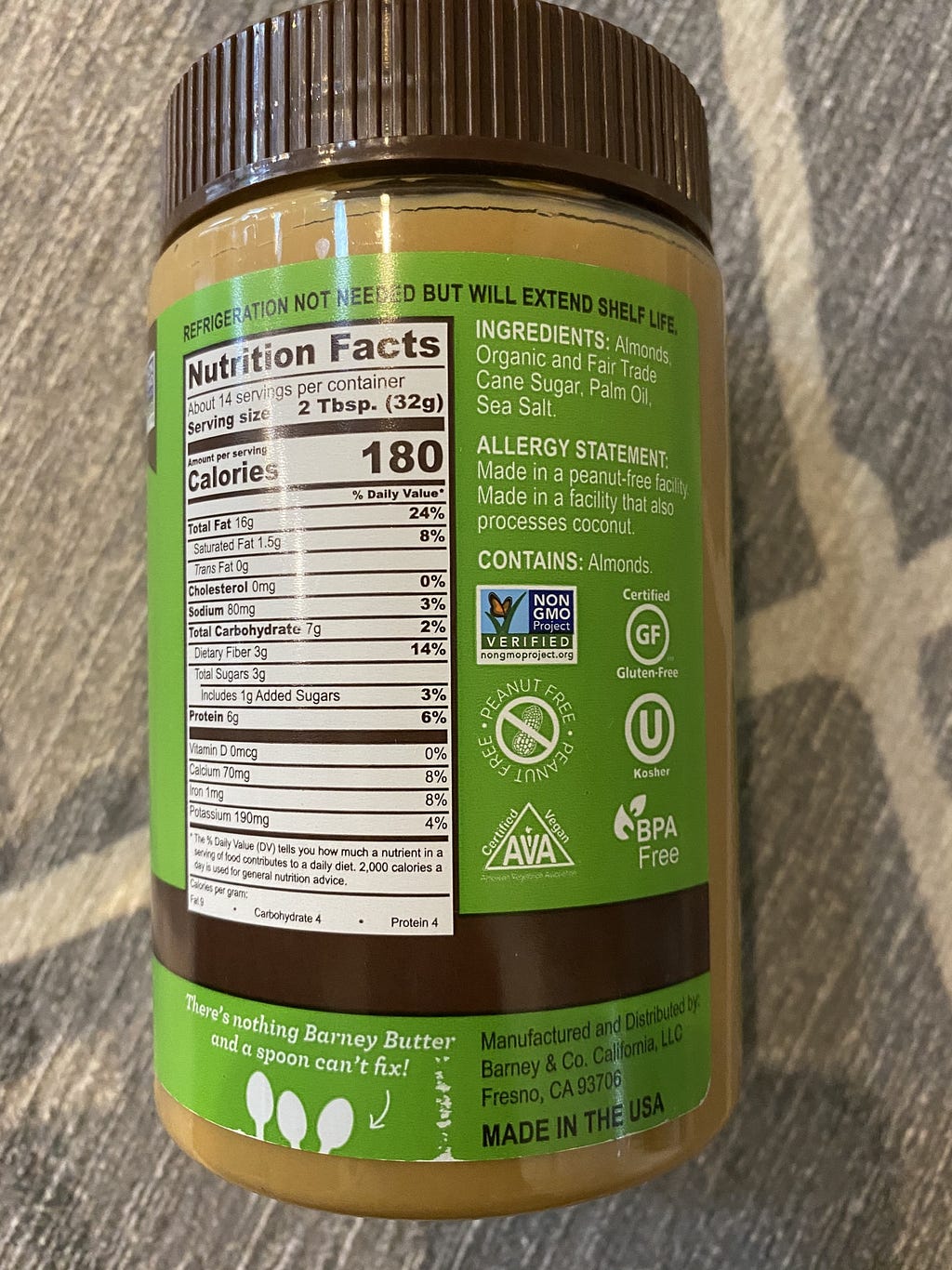
Those simple words: “Made in a peanut-free facility” have attracted us to this brand, and we know there’s no chance our little ones would accidentally consume peanut when we use this almond butter. Thank you Barney’s!
Recap
As food allergy parents, we want to make sure we are providing healthy foods and snack diversity, but safety is our priority. We’ve learned to do the following 3-step mental checklist that may help you:
- Read the ingredients list for everything you put in front of your kids, or that they can reach on their own.
- Contact the company/manufacturer if there are secret ingredients or you have any concerns. If you don’t recognize a scientific name of something listed, you should ask.
- Try new foods in the safety of your home, or at least, when you have access to an Epipen and Benadryl. Monitor your children closely for 30–45 mins after they have had something new.
We often remind ourselves that our job is to reduce our children’s anxiety when it comes to food, and they can feel/sense what we do at times. It’s important to stay calm and be thoughtful in how you communicate to your children using phrases like “this is safe” and “let’s wait before you eat more of that” rather than “this might have milk in it” or “I’m worried this is dangerous”
